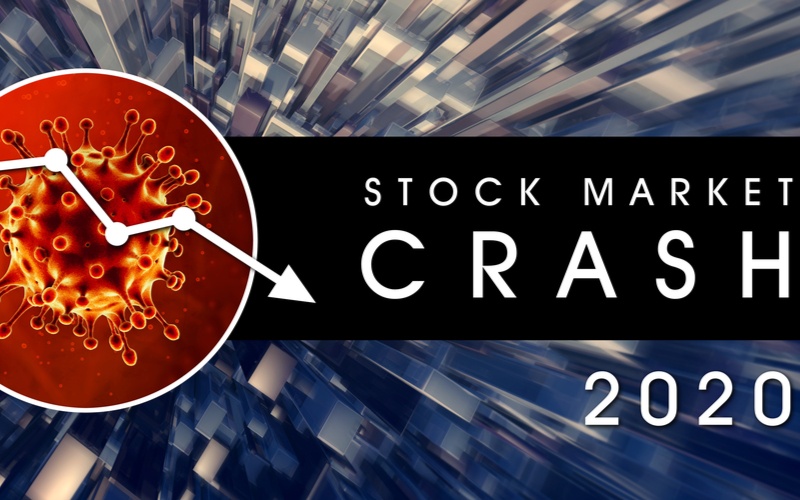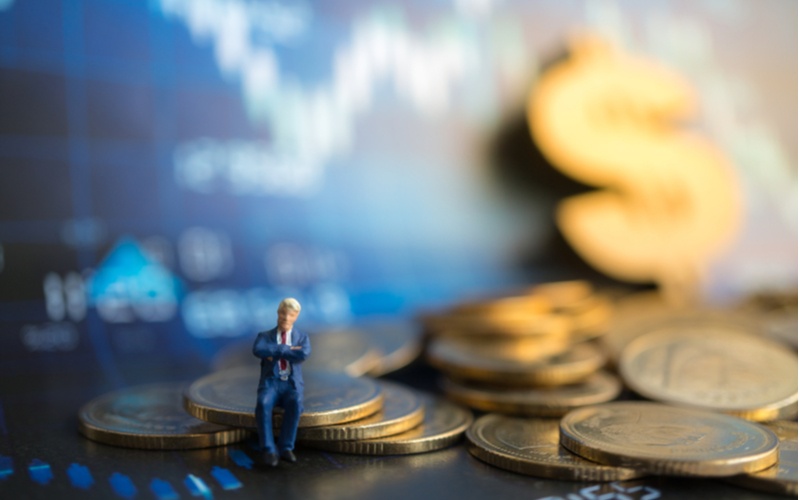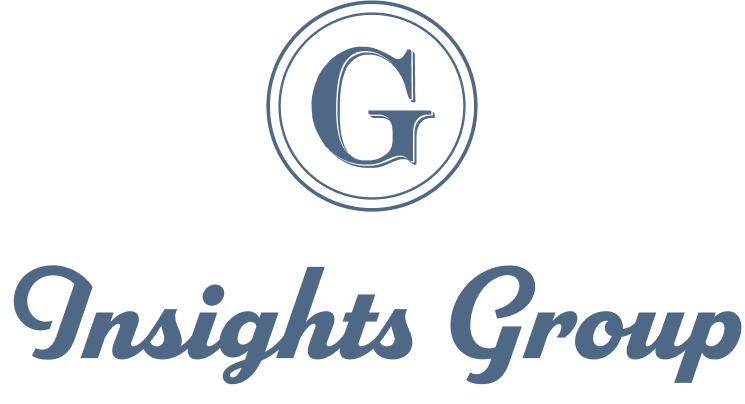Avoid Market Crash Drawdowns with Options

Why to prevent drawdowns?
Here are some of the key reasons:
Preserving Capital: When a portfolio experiences a drawdown, the value of the portfolio decreases. This can be especially problematic for investors who are relying on the portfolio for income or who have a short-term investment horizon. Preventing drawdowns can help preserve capital and avoid losses that could be difficult to recover from.Reducing Emotional Stress: Drawdowns can be emotionally challenging for investors. When a portfolio loses value, investors may feel anxious, stressed, or panicked. Preventing drawdowns can help reduce emotional stress and help investors stick to their long-term investment strategy.
Mitigating the Impact of Sequence Risk: Sequence risk is the risk that an investor will experience poor investment returns early in their retirement, which can significantly impact their ability to fund their retirement lifestyle. By preventing drawdowns, investors can reduce the impact of sequence risk and help ensure a more predictable retirement income stream.
Enhancing Long-Term Returns: When a portfolio experiences a drawdown, it can take a significant amount of time to recover. By preventing drawdowns, investors can avoid prolonged periods of poor performance and enhance their long-term returns.
Since the global financial crisis of 2008, the stock market has experienced a number of significant crashes. In particular, there have been four major market crashes in the past decade: Fall 2008, Aug 24, 2015, February 5th 2018, and March 2020. Each of these crashes had a significant impact on the financial markets and investors, and understanding their duration and recovery periods is important for investors looking to manage their portfolios effectively.
Recent Market Crashes
The 2008 market crash was one of the most severe market crashes in history, and it took several years for the market to fully recover. The crash began in October 2007 and continued until March 2009, lasting nearly 18 months. However, it took even longer for the market to reach new highs. In fact, it wasn't until March 2013, more than five years later, that the market finally surpassed its pre-crash levels.
The Aug 24, 2015, crash was caused by concerns about slowing growth in China, and it took the market nearly a year to fully recover. The crash began in July 2015 and continued until June 2016, lasting nearly a year. During this time, the market experienced significant volatility and uncertainty, as investors grappled with the implications of the Chinese slowdown.
The February 5th, 2018, crash was caused by concerns about rising interest rates and inflation, and it took the market about seven months to recover to new highs. The crash began in late January 2018 and continued until late August 2018, lasting nearly seven months. During this time, the market experienced significant volatility, as investors weighed the potential impact of rising interest rates on corporate profits and economic growth.
Finally, the March 2020 crash was caused by the outbreak of the COVID-19 pandemic, and it took the market about seven months to recover to new highs. The crash began in mid-February and continued until mid-August, lasting nearly seven months. During this time, the market experienced significant volatility, as investors grappled with the implications of the pandemic for the global economy and corporate profits.
One of the biggest challenges that investors face is recovering from drawdowns after market crashes. If an investor experiences a 50% drawdown, they will need to make a 100% return just to break even. This uphill climb can take years and significantly impact the growth potential of a portfolio.
As an investor, I understand the challenge of recovering from drawdowns after market crashes. It can take years to climb back up to even, and during that time, your money isn't working for you. That's why I believe it's crucial to keep drawdowns to a minimum in order to achieve good growth in my portfolio.
How to Hedge the Portfolio
In my search for ways to minimize drawdowns and recover more quickly from market crashes, I have discovered advanced options trading methods like the Synthetic Dragon and Premier level 5 systems. These systems draw down during the initial leg of a crash due to negative vega and concavity, but they have a built-in hedge and single ticket order structure that helps to prevent further risk.
Since 2018, I have implemented a single ticket order approach and a proactive hedge options trade structure to minimize my recovery time following market crashes. My backtests conducted in 2008 showed no drawdowns, and in August 2015 and February 5th, 2018, the systems bounced back within a day or two. Even though my backtests during the 2020 market crash showed a drawdown of about -15%, I was able to recover within 2-3 weeks.
However, I experienced a more significant drawdown (-33%) in my actual account due to implementing a large risk-on trade style, which I later changed to my current and backtested campaign style trade system. Despite this setback, I earned over 100k in profits in March 2020 in my real account, although it took several months to get back to even like the market. I attribute this success, at least in part, to my single ticket order positions and proactive hedges.
Conclusion
In conclusion, preventing portfolio drawdowns is crucial for investors for several reasons. It helps to preserve capital, reduce emotional stress, mitigate the impact of sequence risk, and enhance long-term returns. The past decade has seen several significant market crashes, and recovering from drawdowns can take years, negatively impacting portfolio growth. As an investor, I have discovered advanced options trading methods like the Synthetic Dragon and Premier level 5 systems that help to prevent further risk during market crashes. By utilizing single ticket order positions and proactive hedges to minimizing drawdowns, I have been able to recover quickly and achieve strong returns. These methods are valuable tools for any investor looking to achieve better growth in their portfolio over the long term.
About the Author: Karl Domm's 29+ years in options trading showcases his ability to trade for a living with a proven track record. His journey began as a retail trader, and after struggling for 23 years, he finally achieved
consistent profitability in 2017 through his own options-only portfolio using quantitative trading strategies.
After he built a proven trading track record, he accepted outside investors. His book, "A Portfolio for All Markets," focuses on option portfolio investing. He earned a BS Degree from Fresno State and currently resides in Clovis, California. You can follow him on YouTube and visit his website real-pl for more insights.
Related articles:




